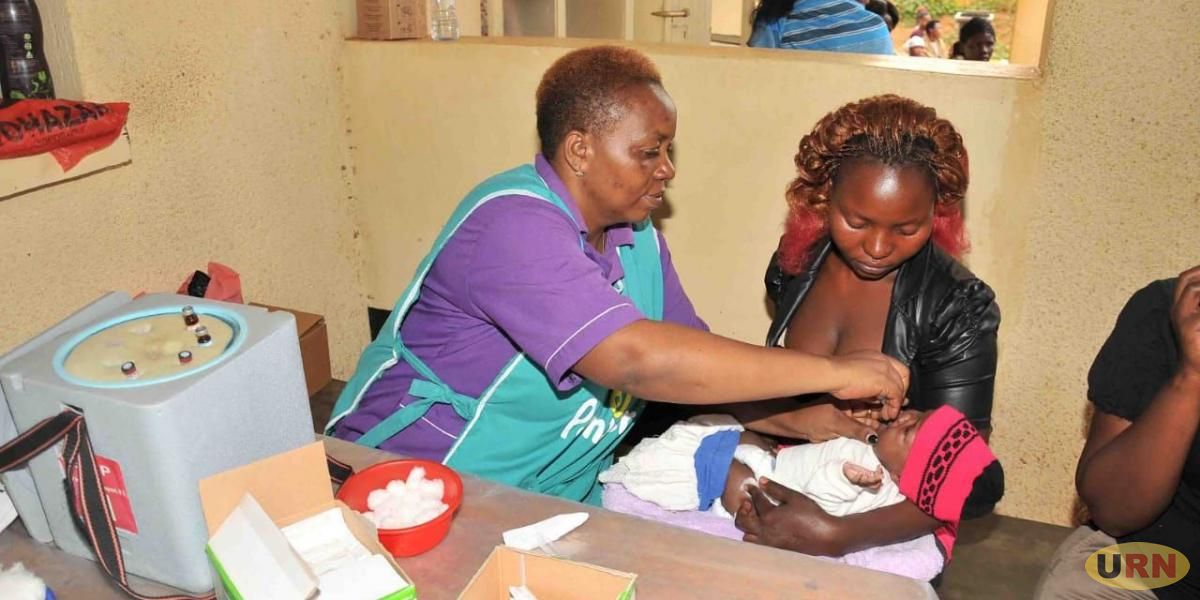By HEJNU
Children are eligible for COVID-19 vaccines in an increasing number of countries. However, only a small number of countries have reached agreements for pediatric doses and deliveries are still small-scale.
94 countries have approved one or more vaccines for children above the age of 12 years, 53 countries approved vaccines for children between three and 12 years, and only seven countries approved vaccines for children below the age of three.
But children and adolescents have been disproportionately affected by the pandemic, despite their lower risk of severe COVID-19 disease.
Even though the greatest burden of COVID-19 in terms of severe disease and deaths remains among older persons, healthcare workers, and those with comorbidities and other risk groups, an increasing number of COVID-19 vaccines are now being authorized for children of different age groups and some countries have started to administer COVID-19 vaccines to children.
Pfizer/BioNTech’s vaccine has seen the majority of authorizations for children (in one or multiple age categories) with approvals in 85 countries, followed by Moderna’s vaccine which has been approved in 41 countries.
So far, there have been 22 vaccine agreements which are partially or entirely for pediatric doses, although data may be limited due to little visibility of exact agreement terms.
Of these 22 agreements reached by 14 countries, three were made with Moderna and the remaining 19 with Pfizer/BioNTech.
To date, 43.7 million pediatric doses have been delivered to 13 countries (although the actual number is likely to be higher due to limited visibility in news reports and reporting time lags).
In addition to the many socio-economic impacts, routine childhood immunization has seen large disruptions globally which – given the time-sensitive nature of childhood vaccinations – threaten to jeopardize previous gains made by decades of immunization services.
The COVID-19 pandemic has had severe impacts on routine childhood immunization leaving many children at risk of devastating but preventable diseases. Immunization catch-ups will have to occur in the majority of countries.
A recent report published by UNICEF and WHO found that 25 million children missed out on one or more doses of the vaccine against diphtheria, tetanus and pertussis (DTP) – a marker for immunization coverage within and across countries – in 2021 alone (UNICEF).
As such global immunization coverage estimates have dropped for both first-dose and third-dose DTP vaccines by 4% and 5% points respectively between 2019 and 2021.
Global coverage for the first-dose of the measles-containing-vaccine (MCV1) similarly dropped by 5% points which explains the measles outbreaks observed in the past 12 months. It should be noted that 95% coverage of measles is needed to prevent transmission.
Geographically, the largest drops in DTP3 immunization coverage could be observed in East Asia and the Pacific which as a region saw a 9%-point drop between 2019 and 2021. However, as can be seen in graph 4, there are large variations within regions:
Globally, out of 195 countries, 112 countries saw a drop in coverage estimates, 56 countries saw no change in coverage estimates, and 27 countries saw an increase in coverage estimates between 2019 and 2021.
Some countries notably held off declines. Understanding their strategies is key to ensuring the resilience of immunization systems for future health emergencies.
Many countries that achieved high COVID-19 vaccination rates still saw large drops in DTP3 coverage estimates since 2019. This includes several high-income countries (in blue), indicating broader challenges and disruptions for childhood immunization services.
There is, however, also a notable number of countries that were able to hold off declines or even achieved increasing DTP3 coverage rates throughout the two pandemic years (on and right side of dotted x-Axis line).
Understanding how those countries designed and implemented vaccination campaigns is vital to strengthening the resilience of immunization systems for future health emergencies.
Iraq, for instance, implemented an integrated vaccination campaign for COVID-19 and routine childhood vaccines which targeted millions of children and households and sought to identify and vaccinate infants who missed doses of routine vaccines (UNICEF). This strategy is particularly relevant for countries that are still aiming to achieve higher COVID-19 coverage rates and at the same time need to implement immunization catch-ups for routine childhood vaccines.
Lessons from Nepal, Senegal and Liberia also demonstrate the effect of engaging in media and communication campaigns to emphasize the importance of childhood immunization throughout the pandemic, as well as of identifying alternative locations and approaches to providing vaccine services (Dixit et al., 2021).
The COVID-19 vaccination efforts and disruptions should be treated as an important learning moment and opportunity to strengthen immunization systems worldwide. It is worth highlighting the vital work of organizations, such as the Pandemic Action Network and the Center for Global Development (area “Pandemic Proof”) that seek to establish an evidence-based path for pandemic preparedness, grounded in lessons from the present pandemic.



